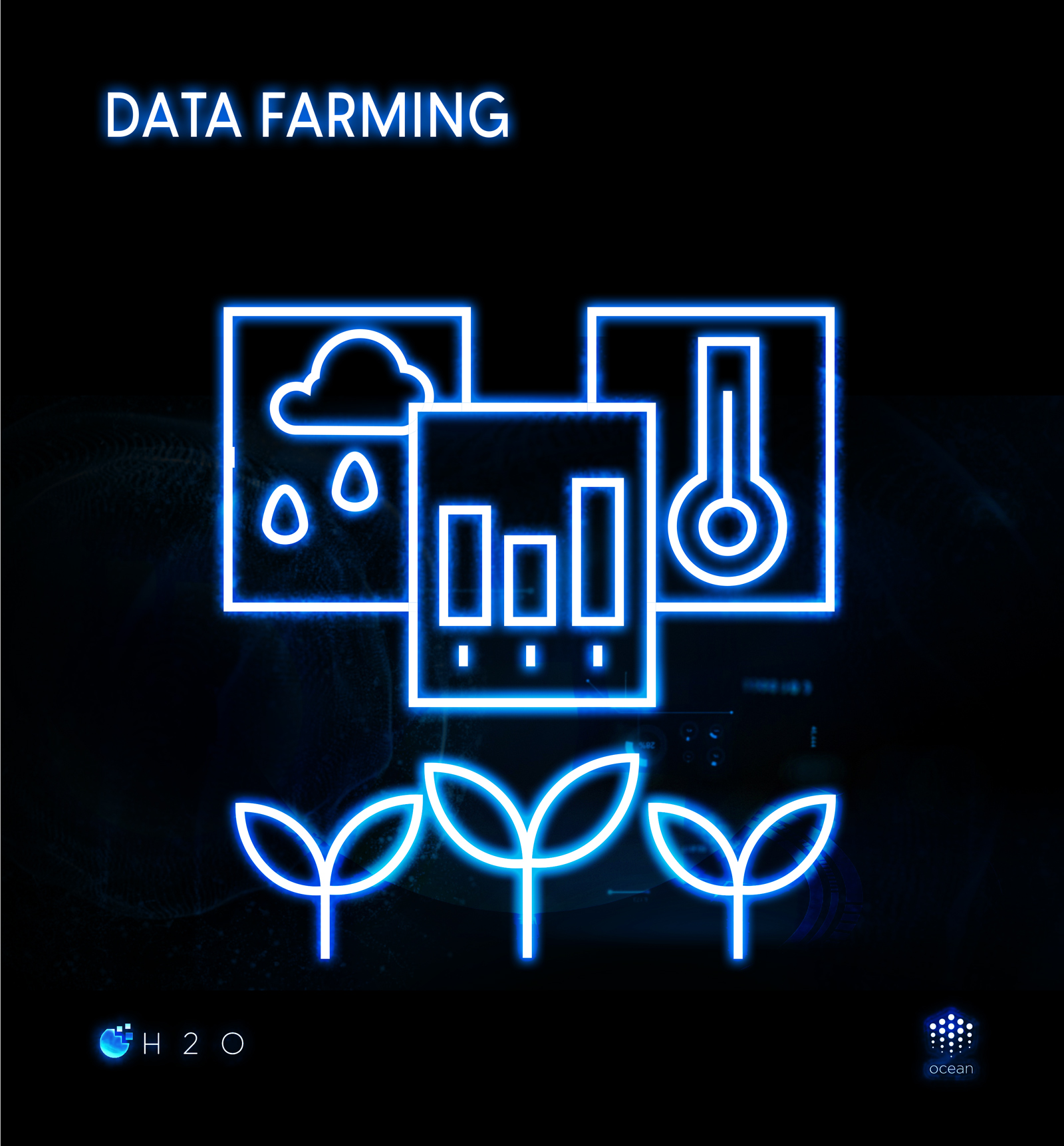Introduction
Yield farming has been a driving narrative in DeFi since DeFi Summer in 2020. Yield farming is a method that allows crypto users to earn more cryptocurrency and provides protocols with added liquidity to fuel protocol growth. Throughout 2020 and into the first half of 2021, almost every new DeFi protocol used yield farming to bootstrap liquidity. It seemed like this was the most efficient way to accumulate liquidity; however, protocols quickly realized that they were accumulating short-term, mercenary capital. In the summer of 2021, staking and liquidity mining took the place of yield farming as the preferred method for protocols to bootstrap liquidity. Some protocols still prefer yield farming over other methods, but it has lost its stronghold as the preferred choice in DeFi.
But this is all in the context of yield farming in DeFi. What about data farming? First, we need to define data as an asset class to answer this question.
Data as an Asset Class
According to this report here, personal data is defined as "digital data created by and about people." The problem with this definition is that it succumbs to corporations' control of personal data. Corporations use the data for their benefit, such as businesses that capture large amounts of data and sell it to earn new revenue streams. Check out this article to better understand the risks vs. rewards of data collection and privacy. With the transition towards a "Web of the world," fueled by blockchain technology, personal data can now be defined as "digital data created by, about people, and owned by people." Thus, personal data is now an asset class controlled by the people.
Data Farming
Data farming is different from yield farming in that it "incentivizes a supply of relevant and high-quality data assets" into the protocol. Unlike yield farming in DeFi, data farming has actual utility for all stakeholders: the liquidity providers (LPs) earn additional tokens, the protocol receives sustainable liquidity, and the users can trust the protocol's secured data assets. It's a win-win situation for all parties involved.

Data Farming in Ocean
Let's explore data farming in the Ocean Protocol. "The Ocean Data Farmers will be responsible for sourcing liquidity to the OCEAN datatoken pools; and, in turn, will receive rewards in the form of OCEAN tokens." The data farmers can further multiply these rewards by using their stake datasets. Furthermore, Ocean Protocol's founder, Trent McConaghy, stated, "Ocean Data Farming aims to maximize the data supply reward function (RF)." RF is a function of liquidity added to datatoken pools, dataset usage, and potentially more.
Role of H2O In Data Farming Within Ocean
As it stands, transacting with Ocean Protocol's datasets requires using the OCEAN token. Like any other cryptocurrency, the OCEAN token is inherently volatile, making it difficult for users to transact with data tokens. Similarly, when users use OCEAN for data farming, they are subject to price volatility. H2O is essential because it removes all volatility. It is a stable asset that acts as a medium of exchange and unit of account and can be used for transacting with datatokens in the Ocean protocol. Therefore, the LP rewards earned from data farming can be swapped for H2O, thus eliminating the volatility in transacting with datasets.
Conclusion
The H2O team is excited to become the dominant medium of exchange and unit of account for data tokens, positioning itself as an integral part of decentralized data economies. You can find more information about H2O from the gitbook or by following us on social media.
**
**
For more information follow all H2O socials:
